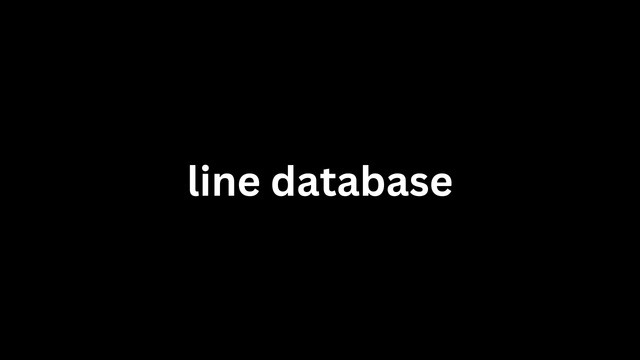Audience research goes beyond basic demographics; it delves into their line database behaviors, preferences, and search intent. By leveraging tools like Google Analytics, SEMrush, and social media insights, businesses can create detailed audience personas. These personas inform content strategies, helping businesses align their offerings with what customers are actively searching for online. Analyzing search intent—whether informational, navigational, or transactional—allows businesses to tailor their SEO strategies accordingly. Understanding user intent ensures that the content resonates with the target audience, increasing engagement and conversion rates.

Keyword research remains the bedrock of effective SEO. While traditional approaches to keyword selection focused on high-volume terms, modern strategies prioritize relevance and long-tail keywords. These keywords often have lower competition but higher conversion potential as they address specific queries from users. Tools like Ahrefs, Moz, and Keyword Planner can help identify such keywords. Integrating these into website content, blogs, and product descriptions ensures that the business reaches its intended audience more effectively. Additionally, maintaining a balance between short-tail and long-tail keywords provides comprehensive coverage of search queries, enhancing visibility.
